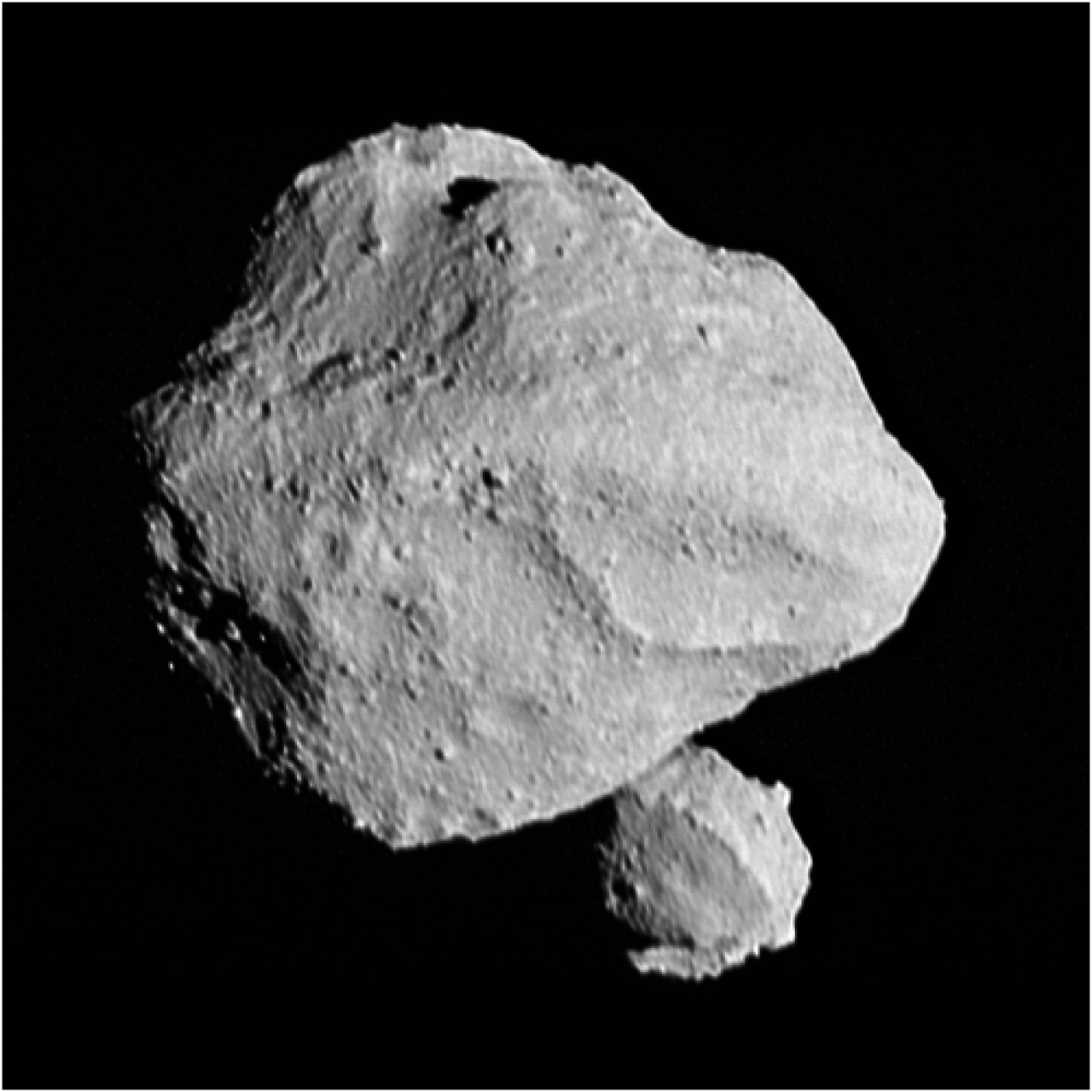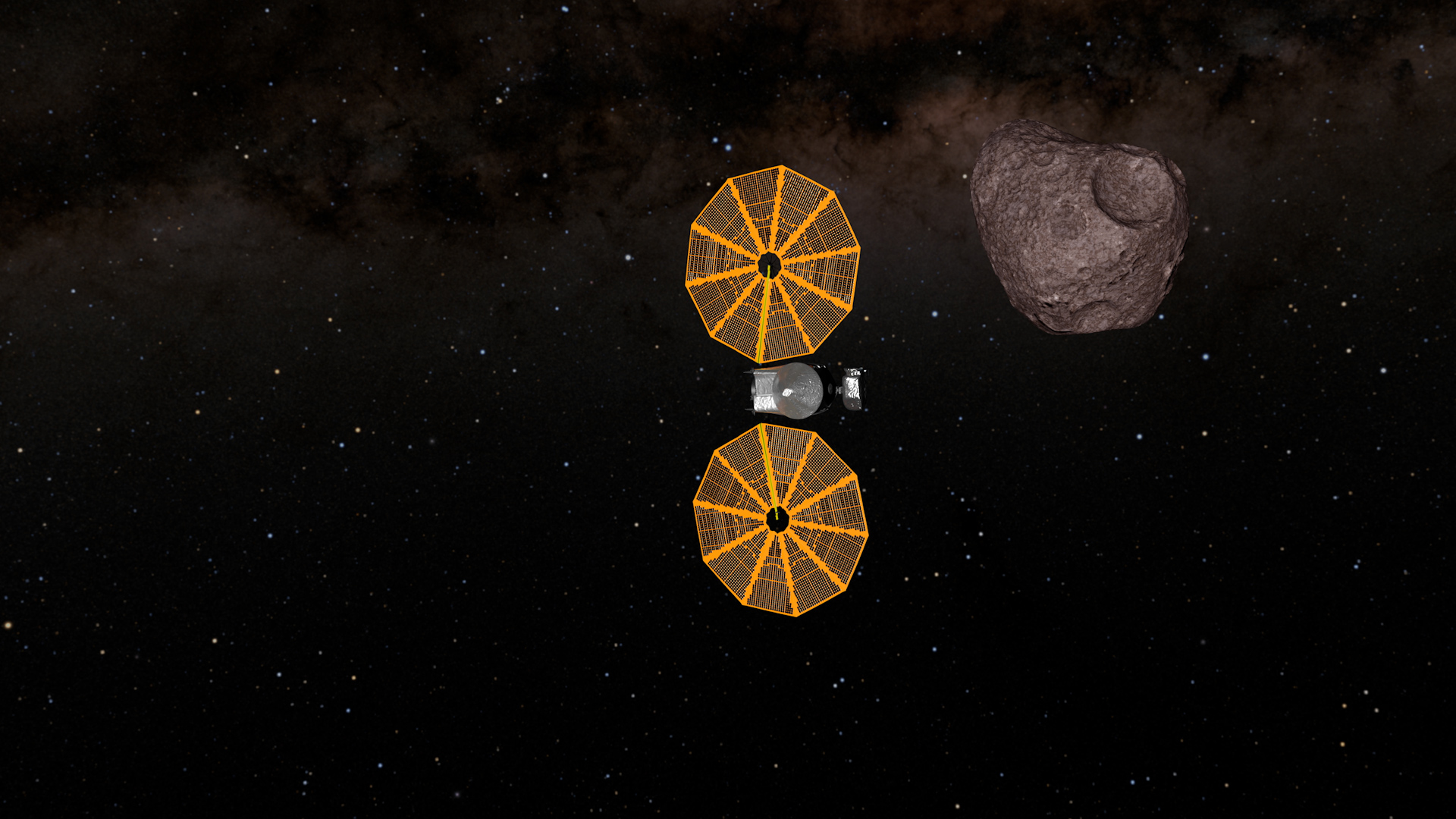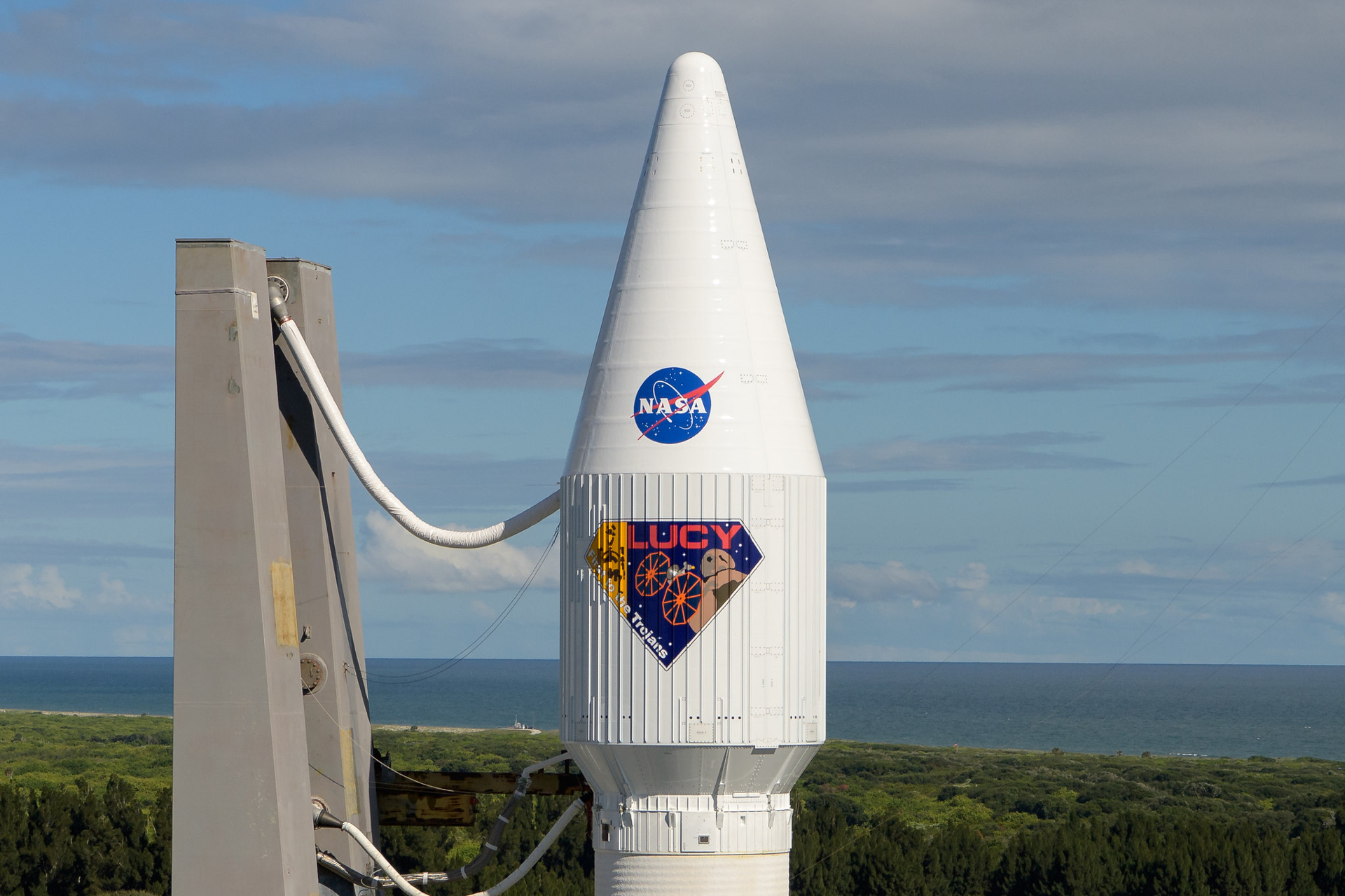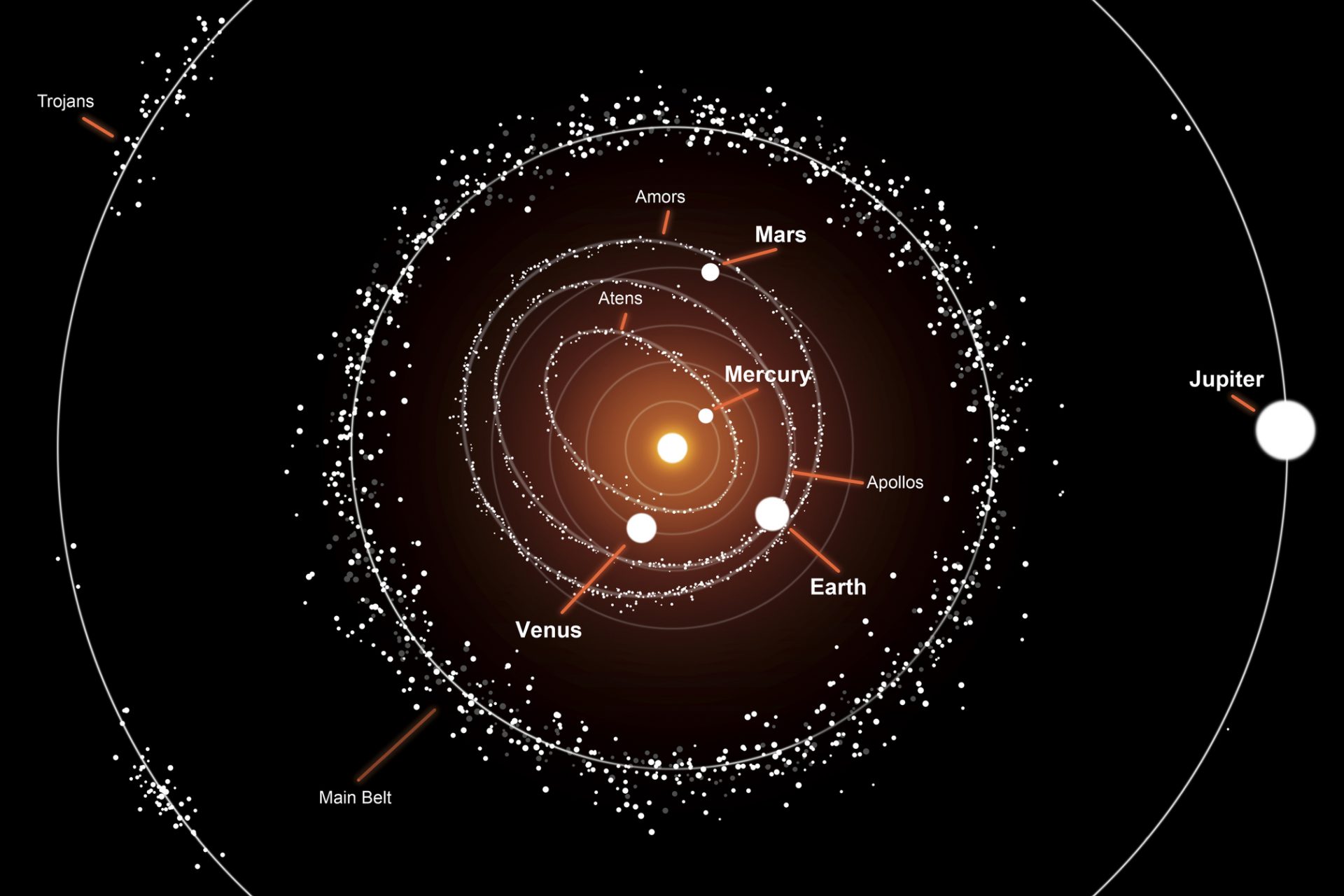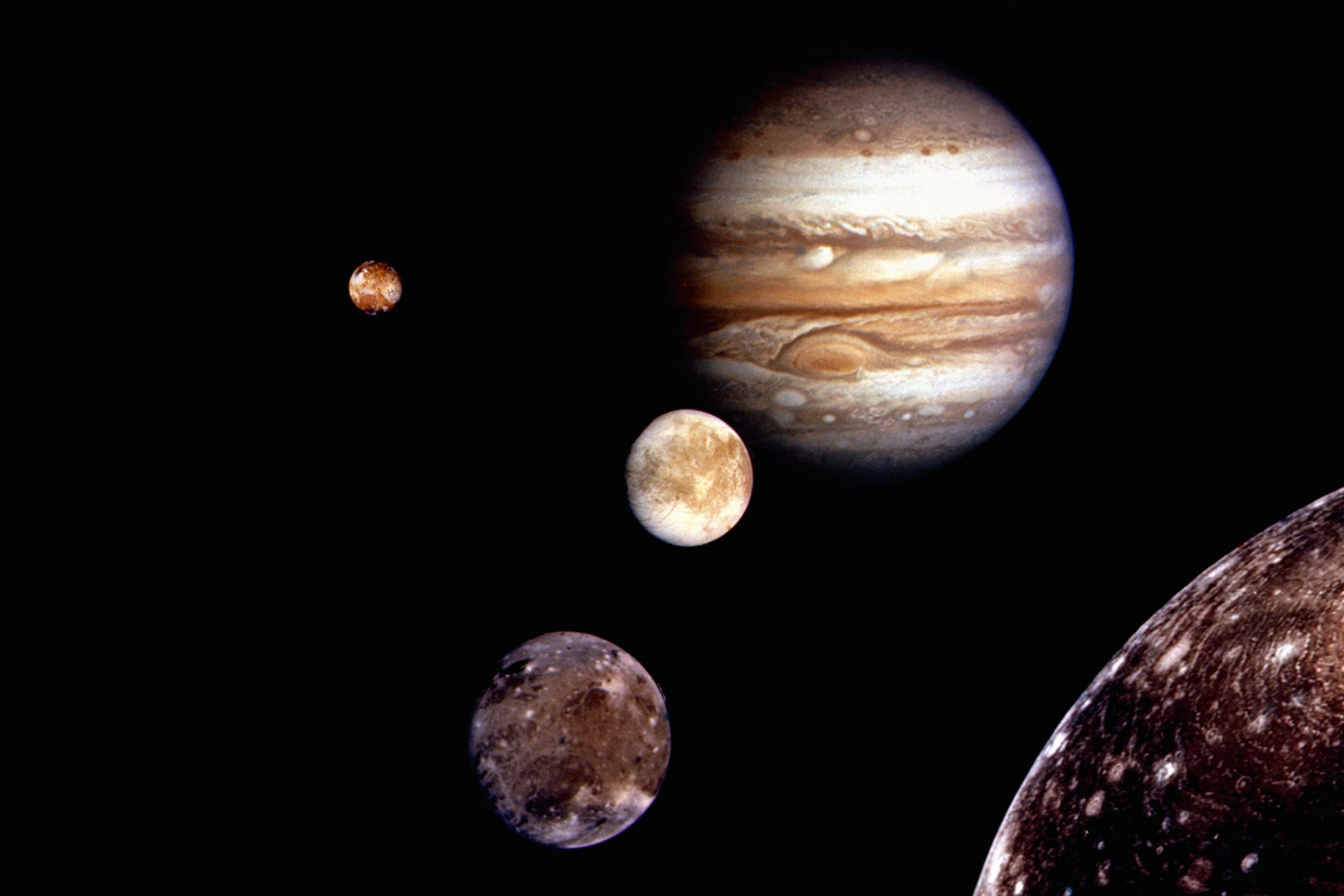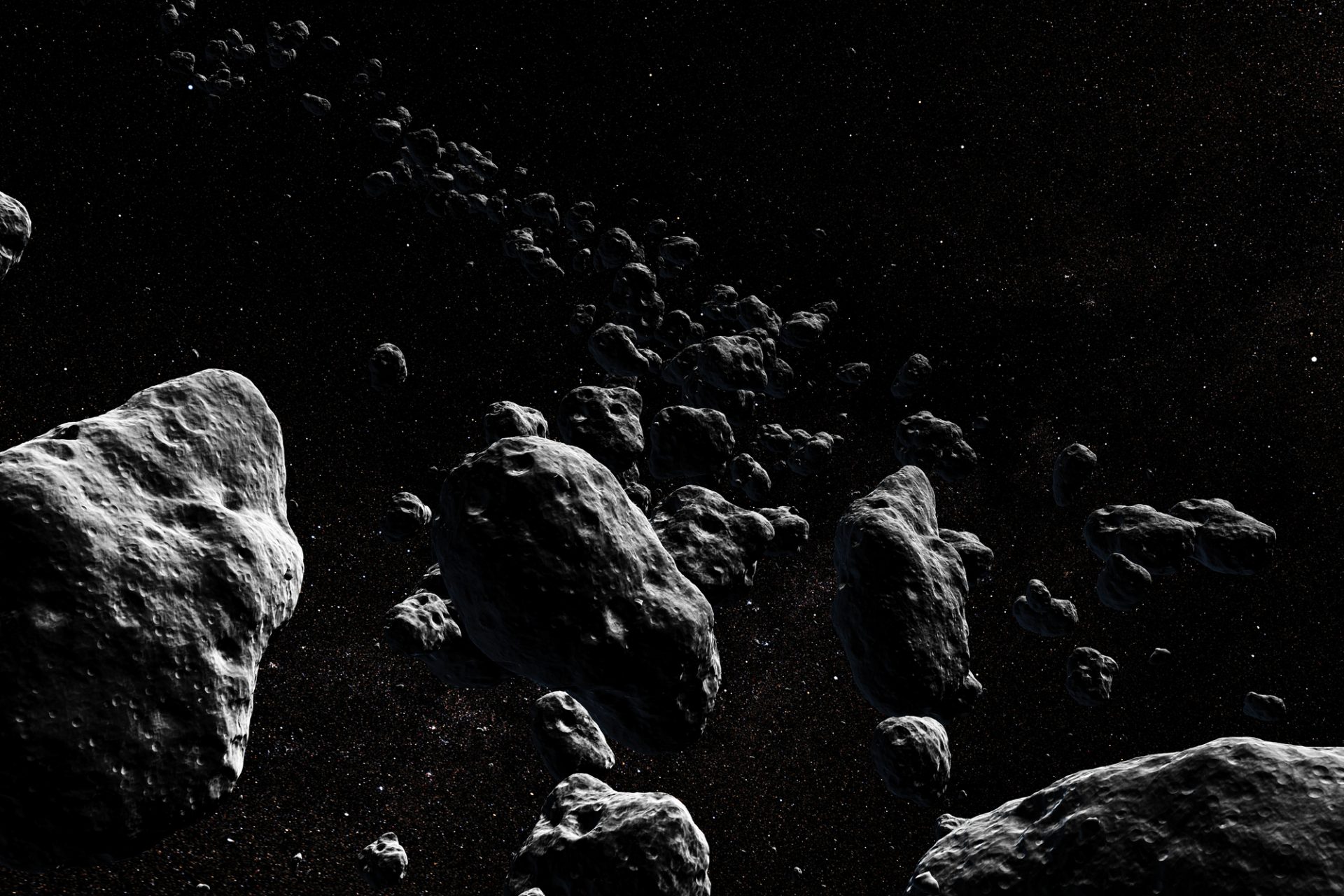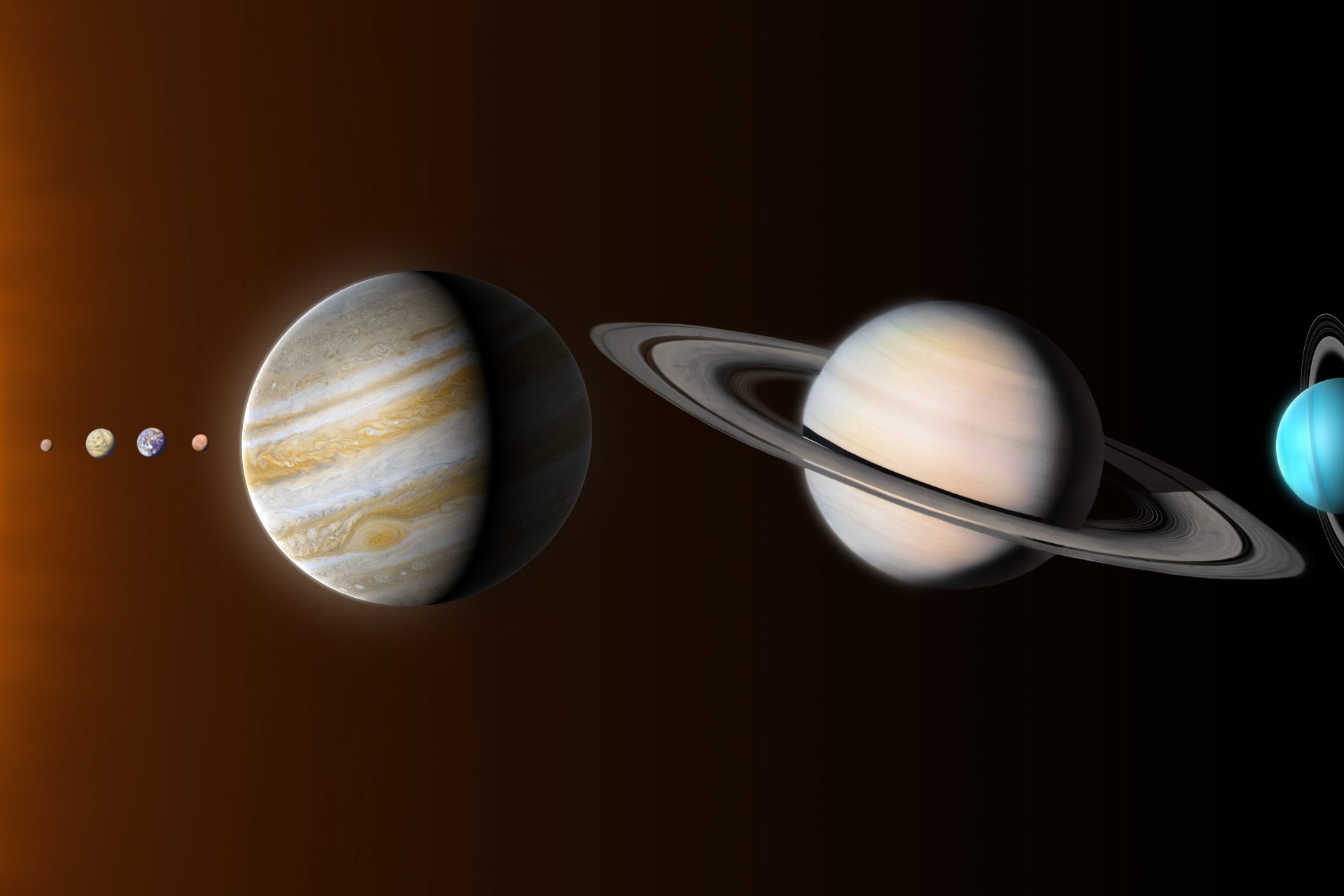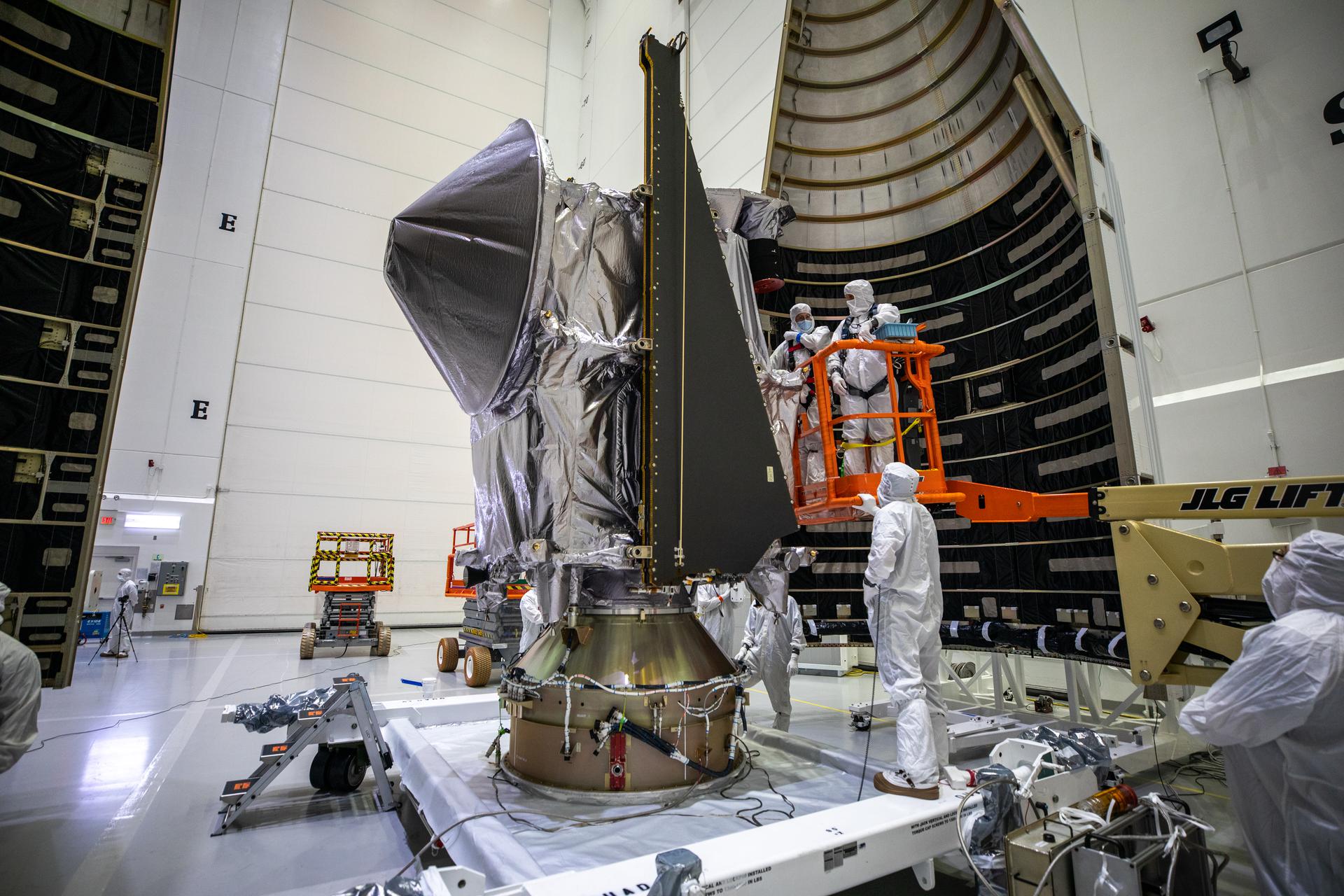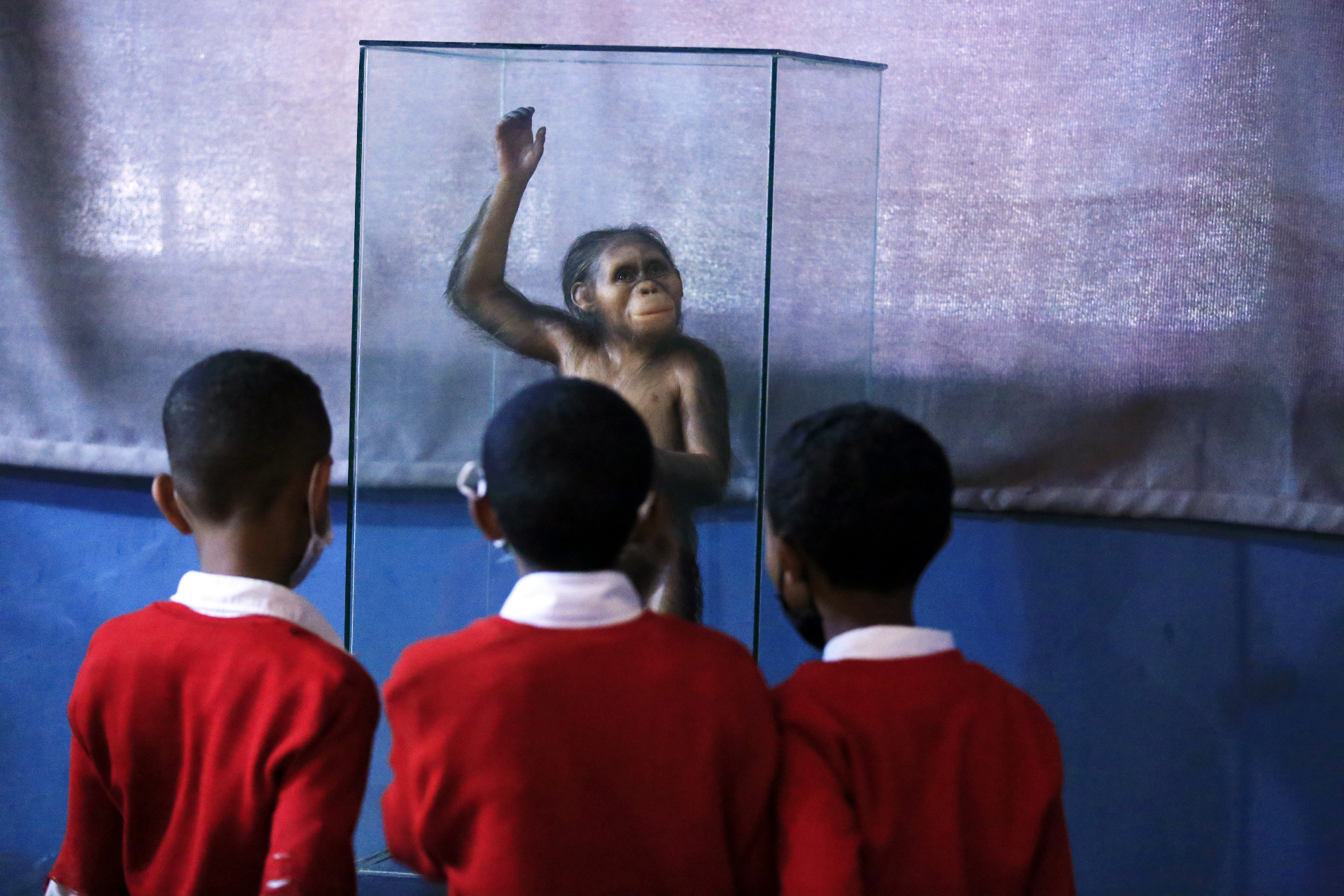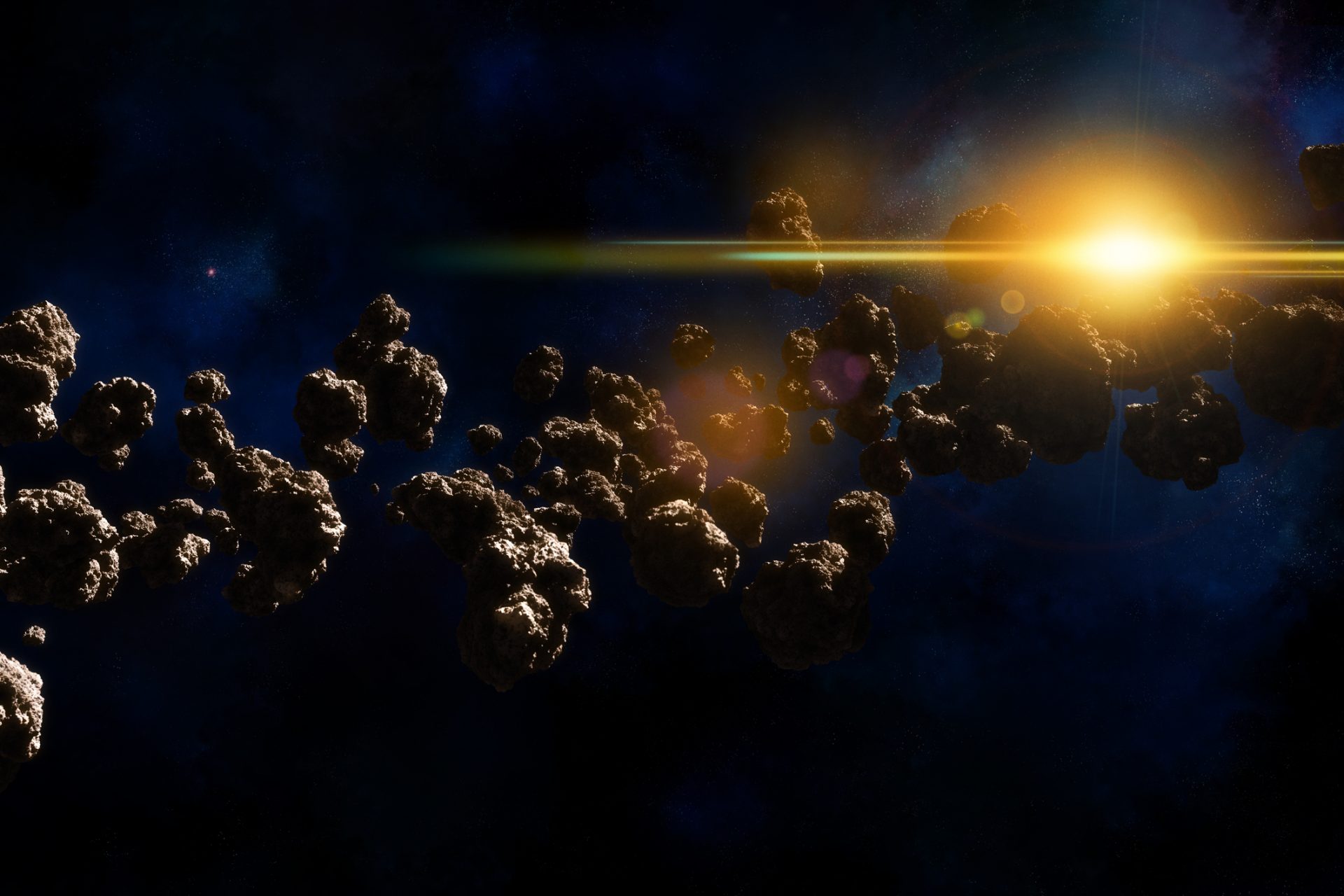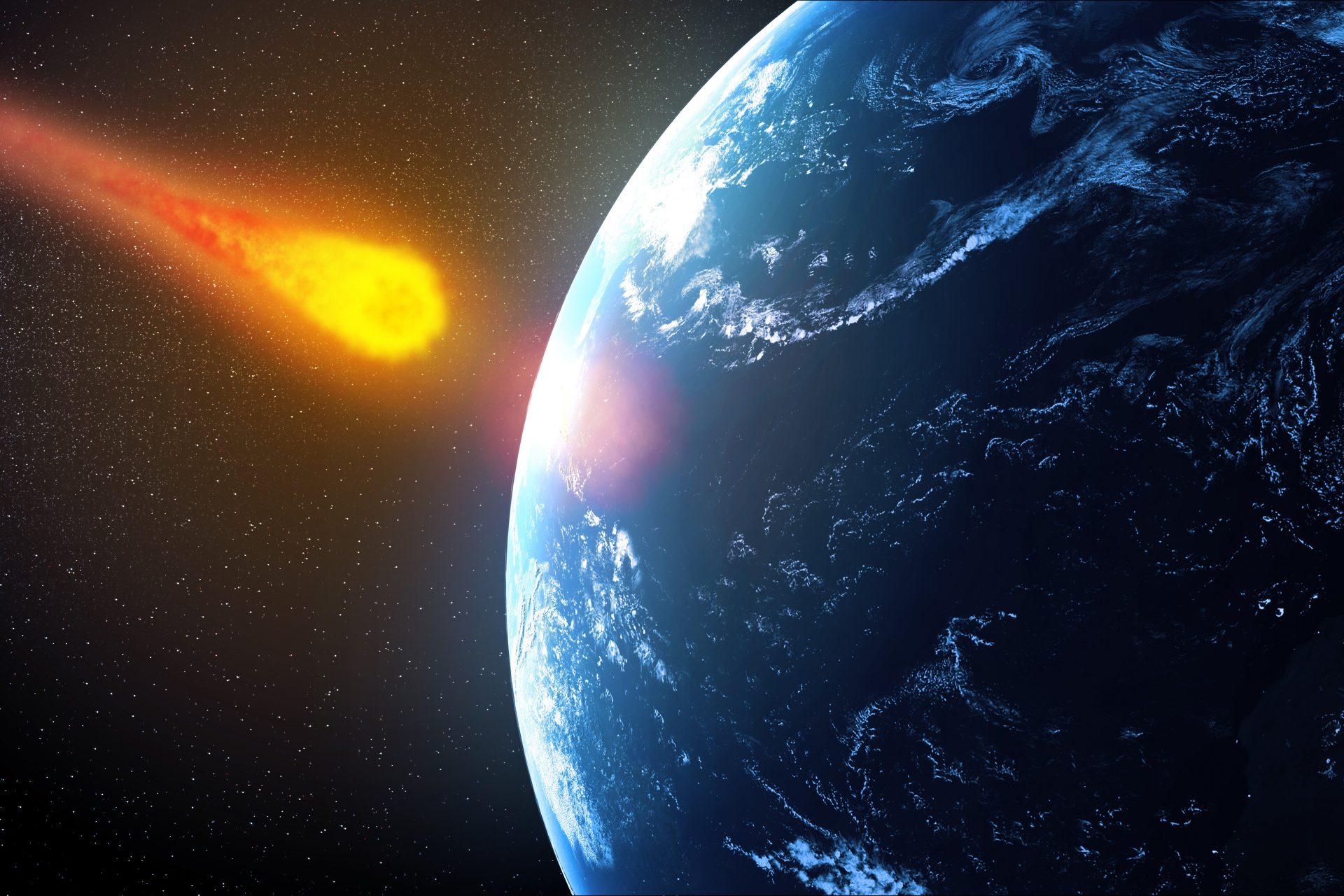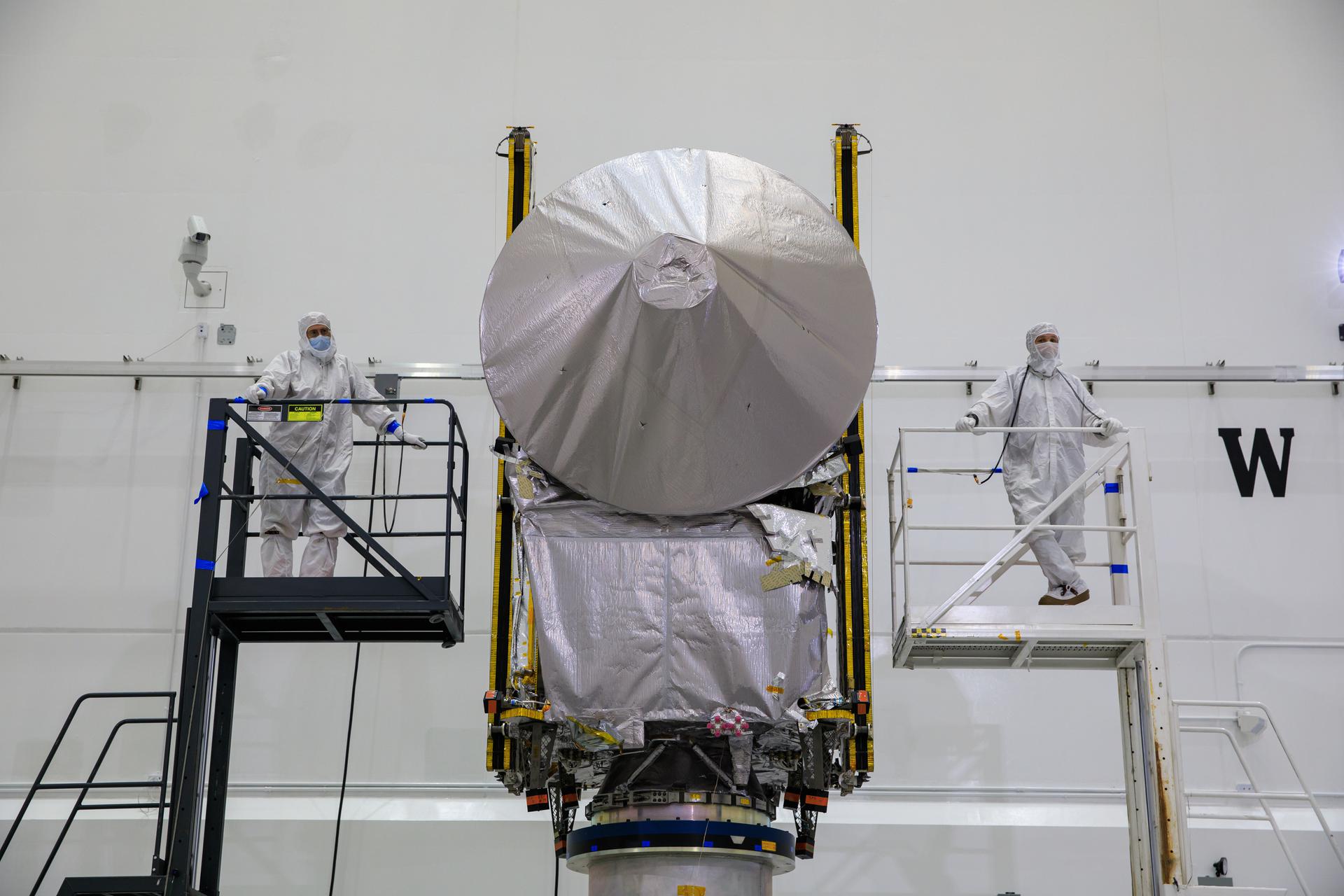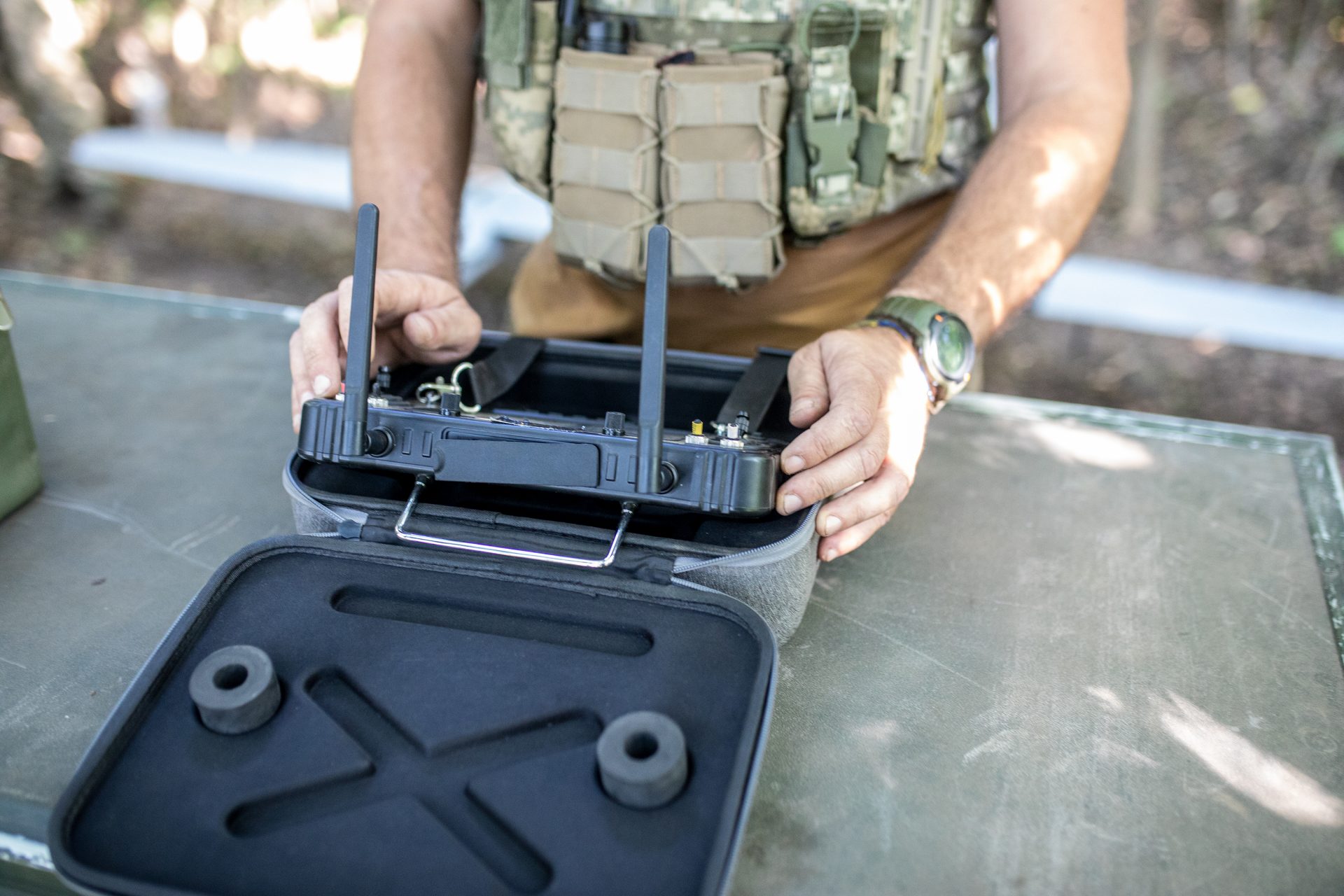NASA confirmed asteroids can have moons
NASA's spacecraft Lucy found an incredible phenomenon while taking pictures in a flyby of the main-belt asteroid Dinkinesh, known as "Dinky" by the mission's team.
It found the asteroid had a tiny "moon." Jessica Sunshine, a co-investigator for the mission, told Scientific American that "a binary was certainly a possibility, but it was not expected, and it's really cool."
Image: NASA/Goddard/SwRI/Johns Hopkins APL/NOIRLab
The team has only received part of the data. The spacecraft is still sending color pictures and other information. Still, the photo shoot of Dinky was only a test run for Lucy.
Lucy had to "latch" onto a rock at tens of thousands of miles per hour, take pictures, and send them back to Earth. It was not an easy task, but the test was successful.
Image: NASA's Goddard Space Flight Center
According to Scientific American, the team is now confident in Lucy's ability to perform the real mission it was launched for in 2021: study the Trojan asteroids.
Lucy's mission is thousands of miles away from where it is now. It has to travel beyond the solar system's main asteroid belt (between Mars and Jupiter) to reach the Trojans.
The asteroids share Jupiter's orbit around the sun. There are hundreds of thousands of Trojans, but Lucy will study and document only six.
One of the reasons these asteroids are so attractive to science is how diverse they are. They have different colors, shapes, and sizes and have never been observed before.
Trojan asteroids are millions of years old. Researchers believe the system assembled from the debris of Jupiter, Saturn, Uranus, and Neptuno's formation.
Thomas Statler, a NASA planetary scientist on the mission, explained to The New York Times that the asteroids could work like fossils of the solar system's origin.
Researchers from the mission told Scientific American in 2021 that, in a way, Lucy's primary mission is to help us understand the origins of our solar system and the Universe.
Image: NASA/Ben Smegelsky
That is precisely the reason behind the mission's name. Lucy was the name of the hominid fossil that revealed the secrets of the origins of humanity in 1974.
With that in mind, Hal Levison, a planetary scientist at the Southwest Research Institute and the mission's principal investigator, explained to The New York Times the importance of this test: it evaluated Lucy's asteroid tracking system.
Still, studying Dinky can bring other benefits to science, Amy Mainzer, an astronomer at the University of Arizona who is not involved in the mission, told the newspaper.
According to Mainzer, studying Dinkinesh could help them understand how asteroids that size ended so close to the Earth. In that position, some can even be a threat to our planet.
In any case, the mission is still far from starting. Researchers can find many new and exciting things when Lucy reaches its final destination in 2027.
Image: NASA/Kim Shiflett
More for you
Top Stories




